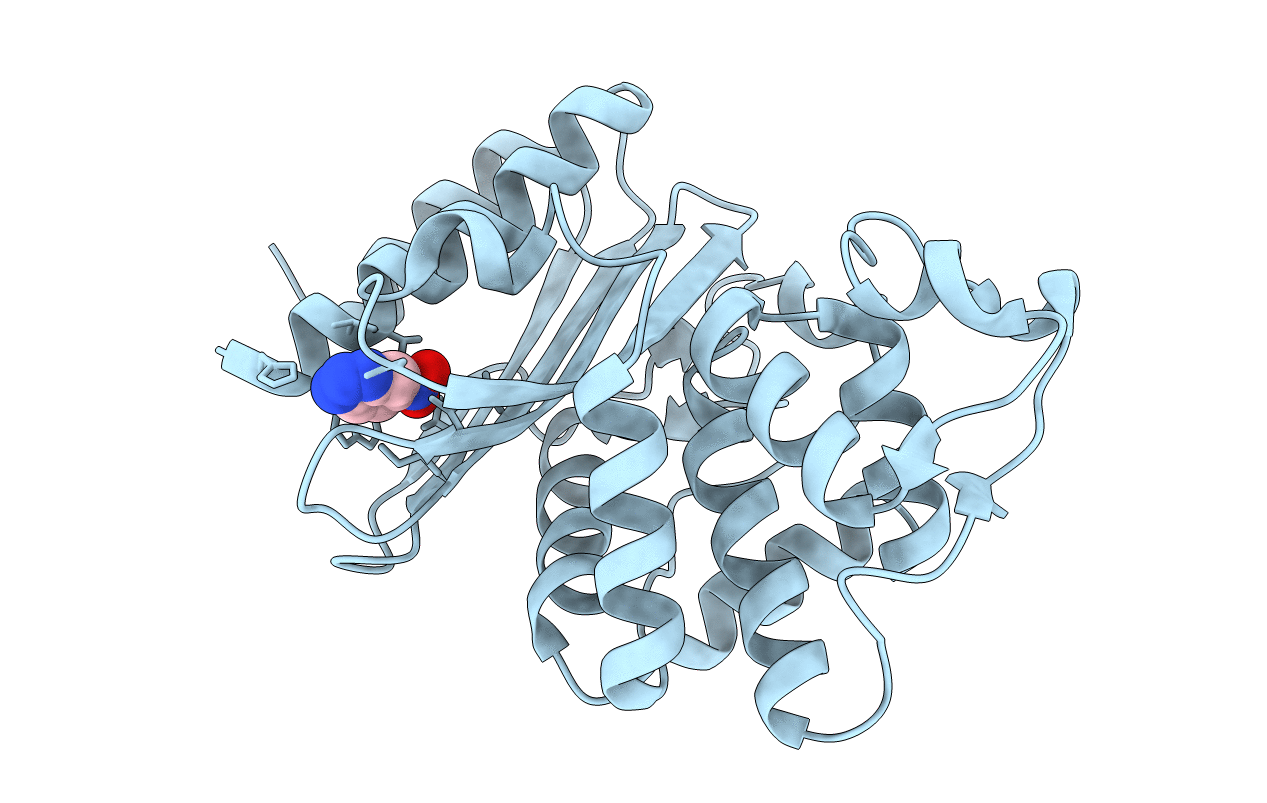
Deposition Date
2015-12-11
Release Date
2016-12-21
Last Version Date
2024-01-10
Entry Detail
PDB ID:
5FQK
Keywords:
Title:
W229D and F290W mutant of the last common ancestor of Gram-negative bacteria (GNCA4) beta-lactamase class A bound to 5(6)-nitrobenzotriazole (TS-analog)
Biological Source:
Source Organism:
SYNTHETIC CONSTRUCT (Taxon ID: 32630)
Host Organism:
Method Details:
Experimental Method:
Resolution:
1.77 Å
R-Value Free:
0.19
R-Value Work:
0.17
R-Value Observed:
0.17
Space Group:
P 61


